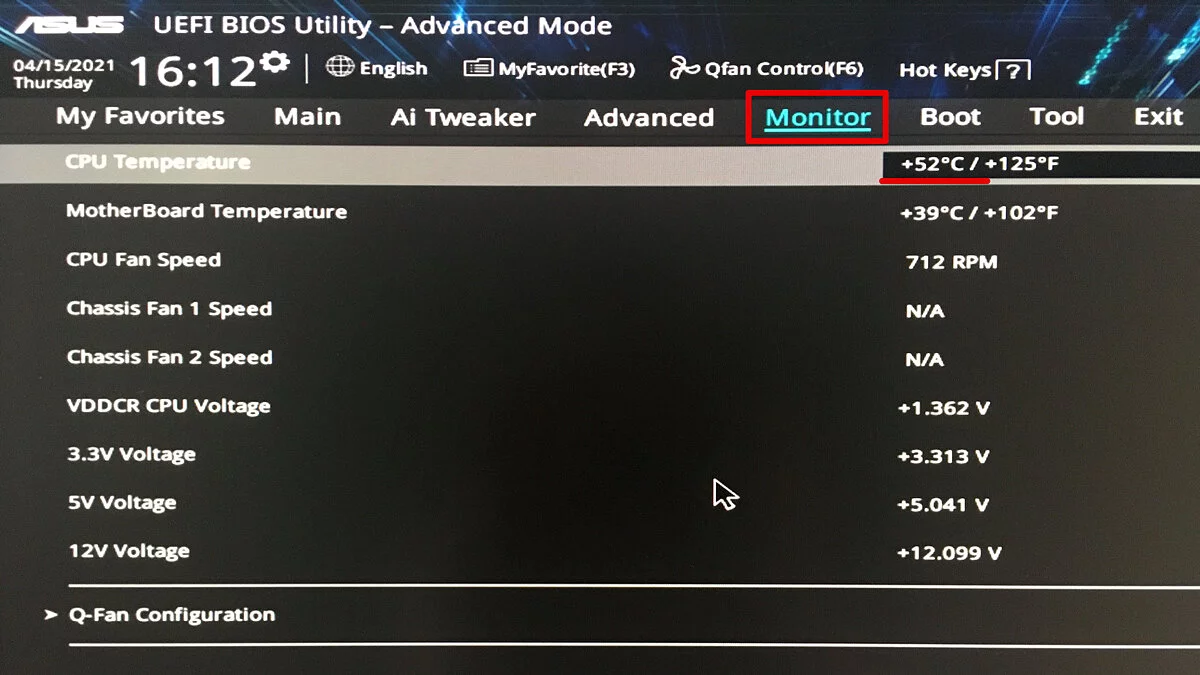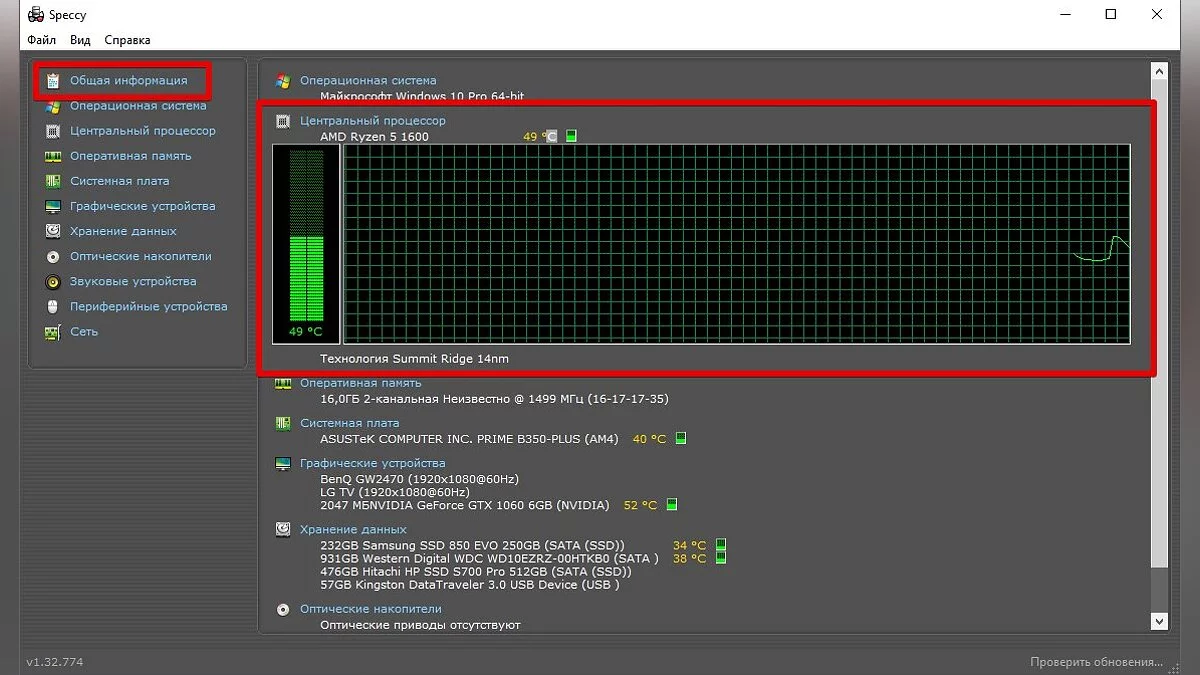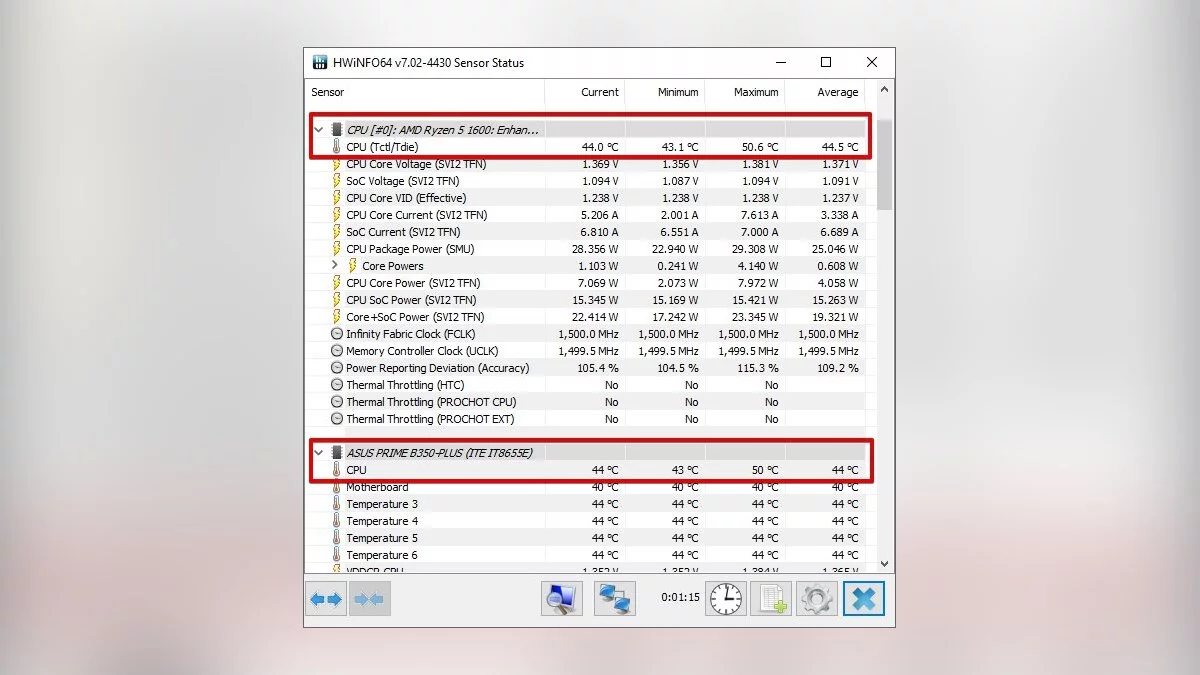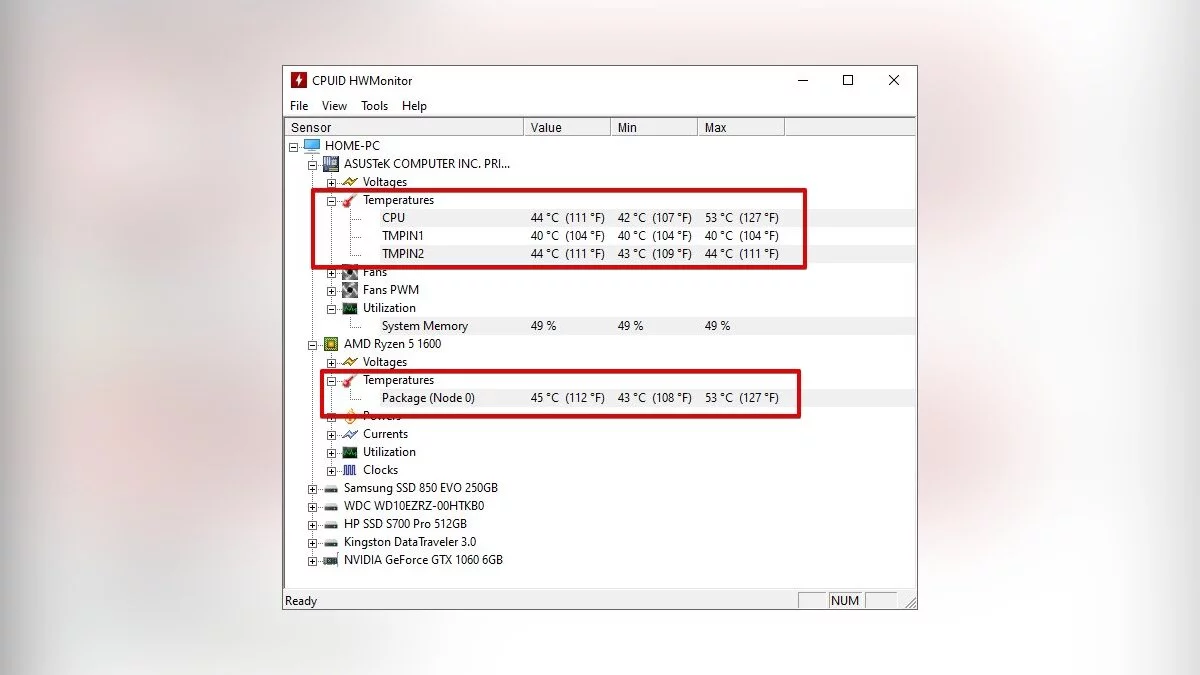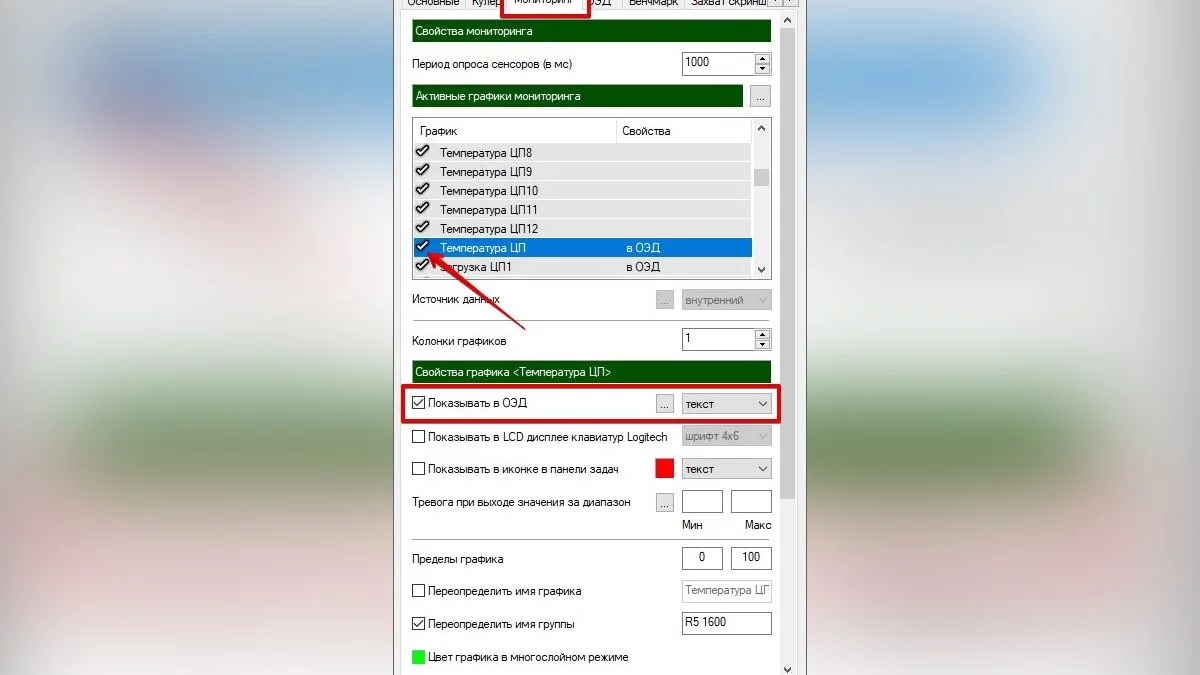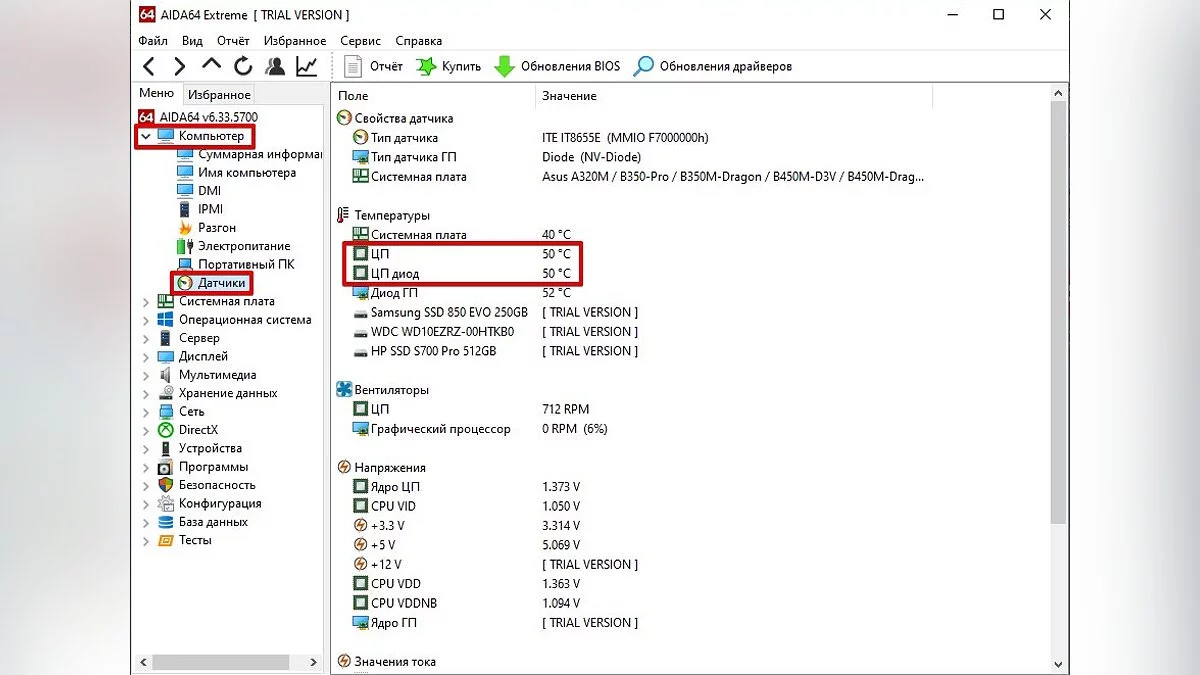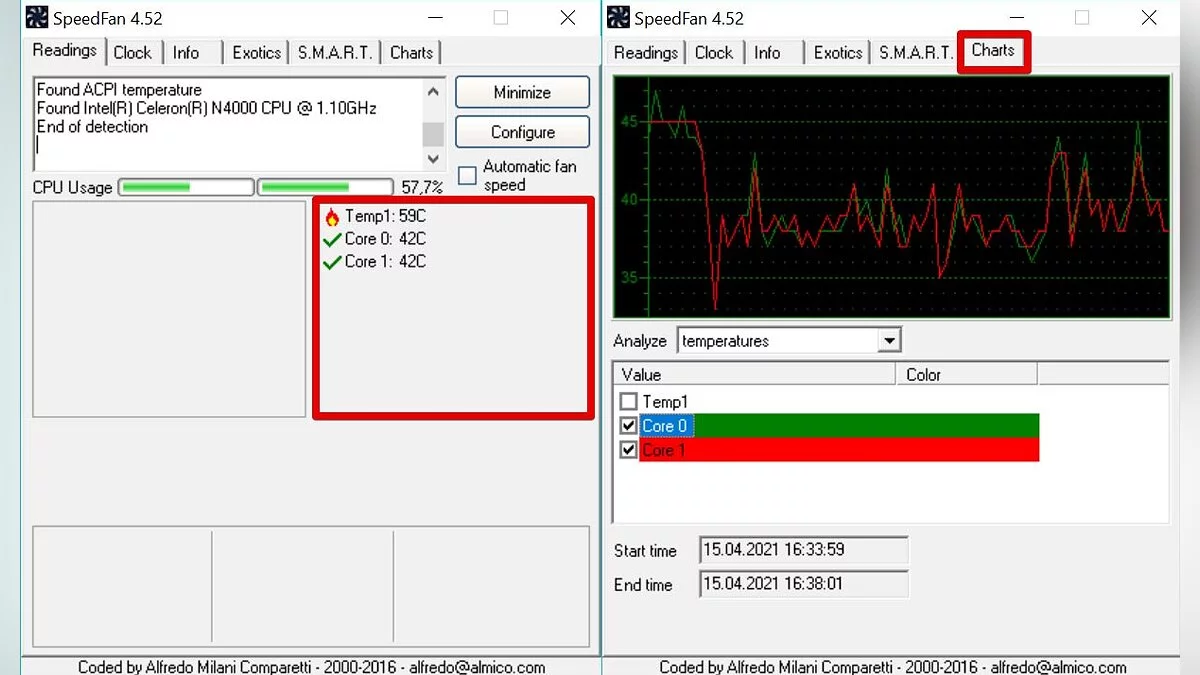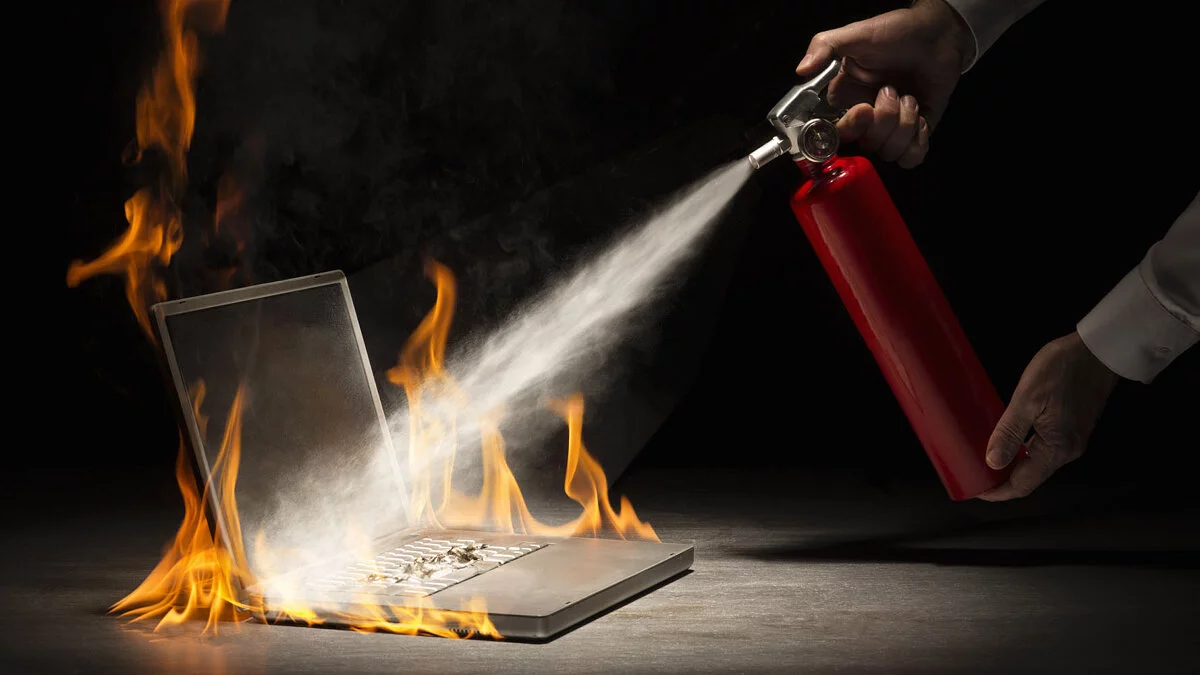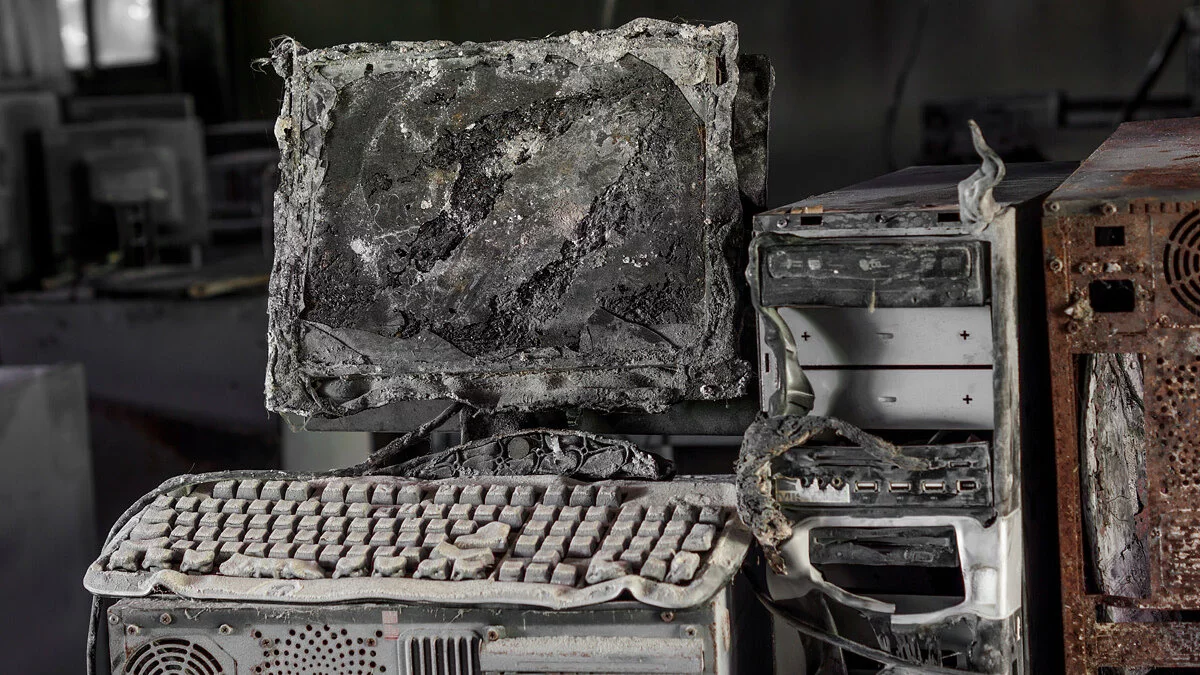How to Check CPU Temperature in Windows 10 and Windows 11
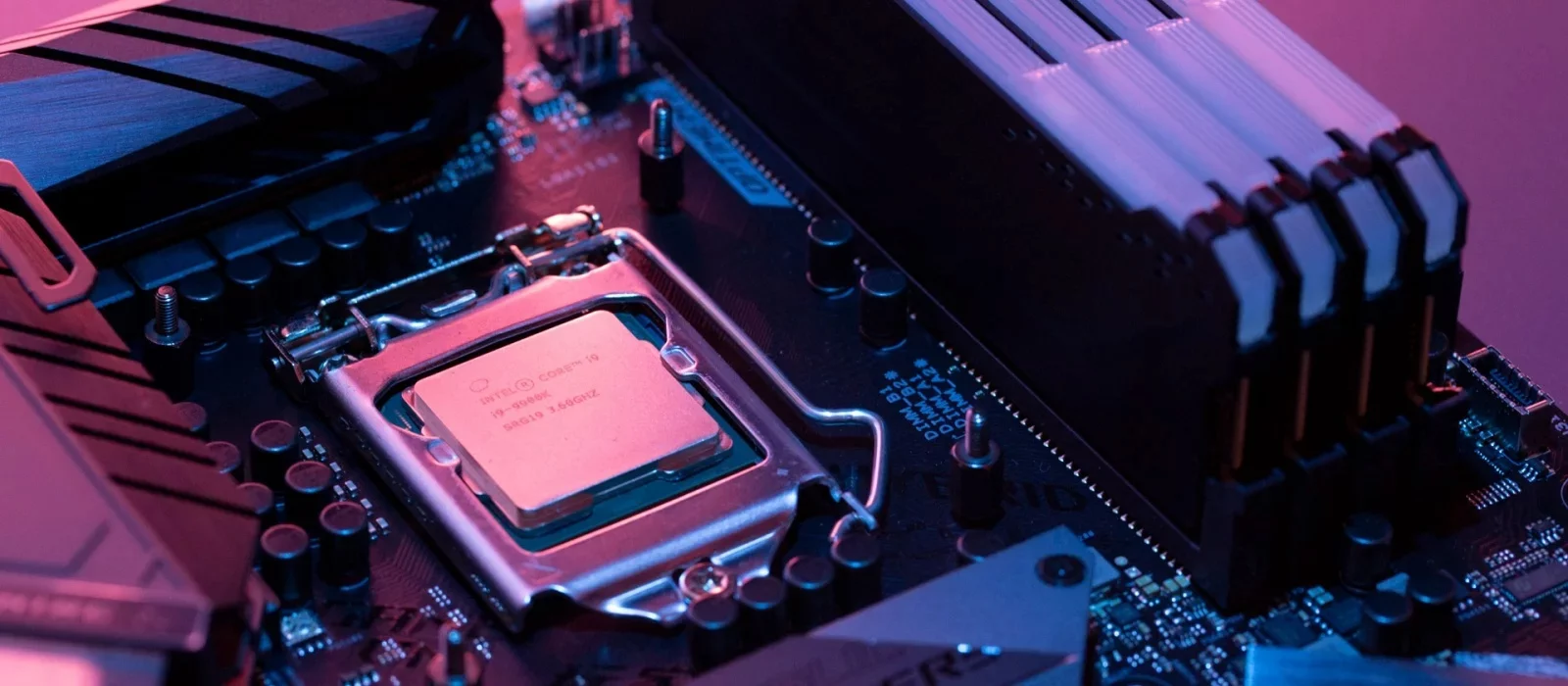
Computer components inevitably produce heat, so it's very important to monitor temperature readings. Modern electronics are smart enough to prevent breakdowns in case of overheating. Nonetheless, constant operation at high temperatures is still not good for anything. Moreover, system performance can decrease due to overheating. Therefore, parameters such as temperature need to be monitored. Our guide is relevant not only for Windows 10 or Windows 11 but also for earlier OS versions like Windows 7, but we only tested all methods on the later versions.
How to Check CPU Temperature
If your laptop or motherboard comes with proprietary software for monitoring parameters, it's better to use it. In addition to temperature readings, you can adjust many other parameters: fan speeds, performance modes, etc. Popular brands usually have good software. Bright examples include Armoury Crate from ASUS and Dragon Center from MSI.
You can also use proprietary utilities from the processor manufacturer: Intel Extreme Tuning Utility and AMD Ryzen Master Utility.
If you don't want to install programs, you can also check the temperature in the BIOS. But in reality, this is inconvenient because there is no load on the processor while in the BIOS. So, you'll only understand the idle temperature.
Let's also consider popular third-party software: Speccy, Core Temp, HWiNFO64, HWMonitor, MSI Afterburner, AIDA64, SpeedFan.
Speccy
A simple utility in Russian from the creators of CCleaner. Easy to use, it immediately shows the overall system information and displays temperatures. Clicking on the temperature icon opens a graph.
Core Temp
A simple free program for monitoring processor parameters. There should be no difficulties: just open the program, and the temperature will be indicated in the first window. Temperature readings for each core are also displayed on the taskbar, so you can keep the program minimized. There is Russian language, which needs to be installed additionally.
HWiNFO64
An advanced program with many settings and parameters. Launch the program with the Sensors-only option checked, then find the line with your processor or motherboard: they use different sensors for temperature monitoring. For example, for a Ryzen 1600 processor, you can look at the CPU (Tctl/Tdie) indicator.
The Current indicator means the current temperature (it tracks in real-time), Average is the average, Minimum and Maximum respectively the lowest and highest recorded since the start of monitoring. To reset these values, click on the clock icon on the bottom panel.
If you double-click on a parameter, for example, CPU (Tctl/Tdie), a window with a graph will open. This is useful if you need to visually represent the overall picture over a certain period.
HWMonitor
A utility from the creators of the famous CPU-Z, which is just as simple to use. As in HWiNFO64, you can view the temperature from several sensors: the processor and the motherboard. To reset the minimum, maximum, and average readings, click on View at the top and select Clear Min/Max.
MSI Afterburner
For tracking CPU temperature while gaming, the on-screen overlay feature of MSI Afterburner is most convenient. Go to settings, then «Monitoring». Find the «CPU Temperature» line, check the box on the left and below, mark the «Show in On-Screen Display» option. You can also select individual processor cores for monitoring. After this, the chosen parameters should be displayed in the game, allowing you to monitor them without interrupting gameplay. It also makes sense to adjust other parameters: the load and temperature of the graphics card, the use of RAM, etc. The program is in Russian.
AIDA64
A functional and complex program, which is also paid. But for our purposes, the trial version will suffice. Viewing the CPU temperature is simple: expand the «Computer» dropdown list on the left part of the program, then select «Sensors». On the right part of the program, a window will open where you can view the temperatures of the CPU and other components. The program is in Russian.
SpeedFan
Once a popular program for adjusting fan speeds, it still holds up well today. There are versions for modern OS. You can view current temperatures, as well as enable a graph.
How to Check Your CPU Temperature Using Windows Tools
Open Command Prompt (CMD) or PowerShell as an administrator. You can simply enter a search query in the search box. Enter the following commands:
- for Command Prompt: wmic /namespace:\rootwmi PATH MSAcpi_ThermalZoneTemperature get CurrentTemperature
- for PowerShell: get-wmiobject msacpi_thermalzonetemperature -namespace «root/wmi»
Look for the CurrentTemperature line. In our case, the value is 3292. To convert this to Celsius, divide the number by 10 and subtract 273.15.
3292 / 10 — 273.15 = 56.05
Also, in PowerShell, you can directly display the temperature in Celsius. You need to type the following:
$CPUt = Get-WmiObject MSAcpi_ThermalZoneTemperature -Namespace «root/wmi»
$currentTempKelvin = $CPUt.CurrentTemperature[0] / 10
$currentTempCelsius = $currentTempKelvin — 273.15
$currentTempCelsius
Attention! If a message appears that the function is not supported or the CurrentTemperature parameter is always the same, then this method does not work on your system.
What Temperature Is Considered Normal
Every processor has its critical temperature. The critical temperature is the maximum temperature allowable on the processor's chip. Exceeding it can lead to unstable operation or even irreversible negative consequences.
The maximum temperature for processors can be high, for example, 95 degrees or more, or it can be low — just 61 degrees, as is the case with the legendary AMD FX-8350. Be sure to check the specifications of your processor on the official site. Nonetheless, if the processor operates at a temperature close to the maximum, this is also not normal. On the contrary, it's necessary to find out the reason, but we will talk about that later.
Calculating the optimal temperature is simple: subtract 25-30% from the maximum and you will get the recommended processor temperature under load. Generally, temperatures of 60-70 degrees under load and 30-50 at idle are considered optimal for a desktop CPU.
For laptop processors, typically, higher maximum and operating temperatures are characteristic. For example, the mobile AMD Ryzen 9 5980HX has a rating of 105 degrees. Also, mobile processors often have to operate at higher temperatures. Under intense load, they can reach 90-95 degrees and even higher.
Note that in games, temperatures can be lower than in stress tests, as the gaming load on the hardware is lower than synthetic. In laptops, temperatures in games can be higher than in stress tests due to additional load on the GPU. The cooling system for GPU and CPU there is usually combined.
How Temperature Affects Performance
There's no need to worry that your processor might burn out from overheating. The built-in protection system will prevent that. However, it's still not advisable to ignore high temperatures. Upon reaching a certain temperature, the processor begins to throttle, meaning it skips cycles in an attempt to lower the temperature. Naturally, this leads to a drop in performance. The temperature at which throttling starts depends on the processor. Again, it's based on the maximum allowable temperature. But in any case, anything above 100 degrees Celsius is very bad.
The Causes of CPU Overheating
What to do if the CPU temperature is high. Don't panic! There are several main reasons for overheating:
- Poor case ventilation. If the case has solid walls, lacks enough fans, they're improperly installed, or wires obstruct airflow, then good ventilation won't be achieved.
- Ventilation holes clogged with dust. Cleaning inside the case should be done at least once a year, but it's better to clean the filters every six months. Modern models have removable filters that are easily accessible.
- Weak cooler. Each processor has a certain thermal package, specified in its characteristics as TDP. If the cooler can't dissipate that much heat, overheating will occur.
- Virus-miner. Possibly, the processor is overloaded by a virus. Check in the task manager what exactly is loading the CPU. Find out online what this process does and if necessary, terminate it. Subsequently, the virus should be removed using antivirus or other malware removal tools.
- Overclocking. Excessive or improper overclocking can lead to increased temperatures. Even with proper overclocking, it's advisable to install more powerful cooling.
- Poor thermal paste. Over time, thermal paste can dry out and lose its properties. Additionally, it may have been poorly applied from the start. Here, the only solution is to remove the cooler and inspect the processor.
- Poor cooler mounting. This is rare, but it does happen. If the processor shows a high temperature, but the radiator itself is only slightly warm, then something is wrong with the contact between surfaces.
- Too hot in the room. If you don't have air conditioning, then in summer the CPU temperature can rise due to the heat. In winter, components can be affected by, for example, a hot radiator near which the system unit is placed.
Frequently Asked Questions and Answers
What should I do if the temperatures of processor cores are different? Do nothing, it's normal because the cores can be loaded unevenly. If the temperature does not exceed critical values, then don't worry about it.
How can I display the CPU temperature on the screen? The easiest way is to use MSI Afterburner. Read more about it above in the text.
How to display the CPU temperature on the taskbar? The Core Temp program can do this. Read about it above in the text.
How to check the CPU temperature online? We haven't found a working way to monitor the temperature online. If you know of one, share it in the comments.
Is a CPU temperature of 100 degrees on a laptop normal? No, it's a bit much even for a laptop. Likely, it won't cause damage, as the maximum temperatures for laptop processors can be over 100 degrees (see specifications). But a temperature of 90-95 degrees under load can be considered acceptable.
- Wie man die Größe der Auslagerungsdatei in Windows 7, Windows 10 und Windows 11 erhöht
- Wie Sie die Spezifikationen Ihres PCs unter Windows 10/11 überprüfen können
- Wie man Updates in Windows 10, Windows 11 dauerhaft deaktiviert und Hintergrundanwendungsdownloads stoppt
-
Is Your Processor Running at 100%? Does a Game Load the Processor in Windows 10/11? — Troubleshooting
-
How to Permanently Disable Updates in Windows 10, Windows 11, and Stop Background Application Downloads
-
How to Check Your PC's Specifications on Windows 10/11
-
How to Increase the Paging File Size in Windows 7, Windows 10, and Windows 11
-
Steam Not Launching on Windows 10/11: What to Do and How to Fix?

